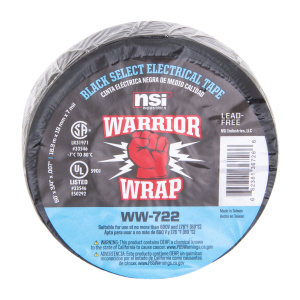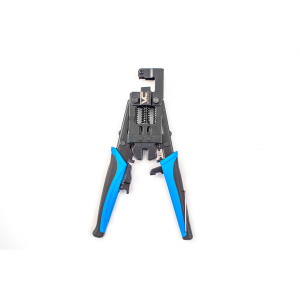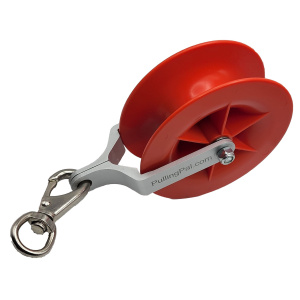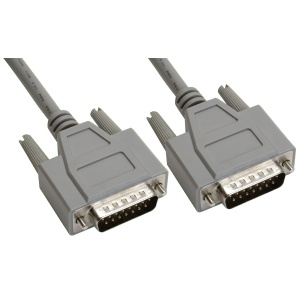When you peek into the world of server rack organization, the sight of intertwined cables can be overwhelming. That’s where cable trays come into play. They aren’t merely an accessory but a vital element in your server rack setup.
Cable trays streamline the chaos of cables into an organized system. They play an essential role in providing physical support to the cables while ensuring an efficient airflow in the server rack. The trays enhance the life of your cables, prevent damage, and reduce maintenance costs. They are the unspoken heroes in your server rack, ensuring your network runs seamlessly.
The Underpinning of Cable Trays
Cable trays are a constructive method for wiring management in a wide array of environments, including data centers, manufacturing facilities, and commercial buildings. They act as a bridge for cables, providing a structured pathway and keeping them separate from other services. They are made of diverse materials like steel, aluminum, or fiberglass, each with its own merits and demerits. So, the importance of cable trays in your server rack isn’t just about the functionality they bring, but the material choice that suits your specific needs.
Steel Cable Trays: The Sturdy Saviour
Steel cable trays are lauded for their strength and durability. They can handle high loads and withstand harsh conditions. If you’re housing a server rack in an environment prone to physical impacts, steel trays will be your knight in shining armor.
Aluminum Cable Trays: The Lightweight Champion
Aluminum trays are lighter than their steel counterparts, making them easy to install and manipulate. Additionally, they are non-corrosive, ensuring longevity in damp environments.
Fiberglass Cable Trays: The Resilient Warrior
Fiberglass trays are known for their resilience to corrosion and their ability to handle extreme temperature fluctuations. They’re a suitable choice for outdoor installations or corrosive environments.
Why is Proper Cable Management Crucial?
You may wonder, “Why should I be concerned about a few tangled cables?” The answer lies in the potential pitfalls of improper cable management. Here’s why managing your cables is as essential as the servers themselves:
- Aesthetics and Accessibility: An orderly server rack is pleasing to the eye and easy to manage. It also simplifies troubleshooting and maintenance.
- Airflow Management: Properly managed cables prevent obstruction of the airway in the rack, ensuring efficient cooling of your equipment.
- Safety: Well-organized cables minimize the risk of accidents like tripping or pulling out a cable accidentally.
- Longevity of Cables: Properly laid out cables are less likely to get damaged, increasing their lifespan.
The Role of Cable Trays in Effective Cable Management
Cable trays are the backbone of efficient cable management. They hold and guide the cables in an orderly manner, minimizing any chances of tangling or damage. The cable trays:
- Help in easily identifying and isolating cables during troubleshooting.
- Facilitate changes in the cabling system as they provide easy access.
- Promote efficient cooling by ensuring unobstructed airflow.
Types of Cable Trays for Different Needs
Cable trays come in various shapes and sizes, each designed for a specific purpose.
Ladder Cable Trays
Ladder cable trays are an excellent choice for installations requiring frequent cable entry and exit points. Their open design facilitates ventilation and easy access.
Solid Bottom Cable Trays
These trays provide the most protection for your cables, ideal for environments prone to dust or debris.
Wire Mesh Cable Trays
Wire mesh trays offer a compromise between ladder and solid trays, providing ventilation and some degree of protection.
The Cost-Effectiveness of Cable Trays
While the initial investment in cable trays might seem steep, they more than make up for it in the long run. Cable trays reduce the time and cost of cable installation and maintenance. They also minimize the risk of cable damage, saving you replacement costs.
FAQs
1. Are cable trays necessary in a server rack setup?
Absolutely! Cable trays play a critical role in managing and protecting your cables, thus ensuring smooth network operation.
2. What material should I choose for my cable trays?
The choice of material depends on your specific needs and environment. Steel is excellent for high-load capacities, aluminum for lightweight and corrosion resistance, and fiberglass for resilience against extreme conditions.
3. What type of cable tray should I use?
Again, it depends on your needs. Ladder trays are great for frequent cable entry and exit points, solid bottom trays for protection, and wire mesh trays for a balance between ventilation and protection.
4. Can cable trays enhance the lifespan of my cables?
Yes, by preventing physical damage and ensuring efficient cooling, cable trays can indeed enhance the life of your cables.
5. How do cable trays contribute to safety?
Cable trays keep your cables organized, reducing the risk of tripping over loose cables or accidentally pulling out a critical connection.
6. Are cable trays cost-effective?
While the initial cost might seem high, cable trays save money in the long run by reducing maintenance costs and preventing cable damage.
Conclusion
To sum up, the importance of cable trays in your server rack is manifold. They ensure an organized, efficient, and safe cabling system, which is paramount for the smooth operation of your network. So, the next time you find yourself navigating the labyrinth of cables in your server rack, remember: cable trays are your guiding light.












